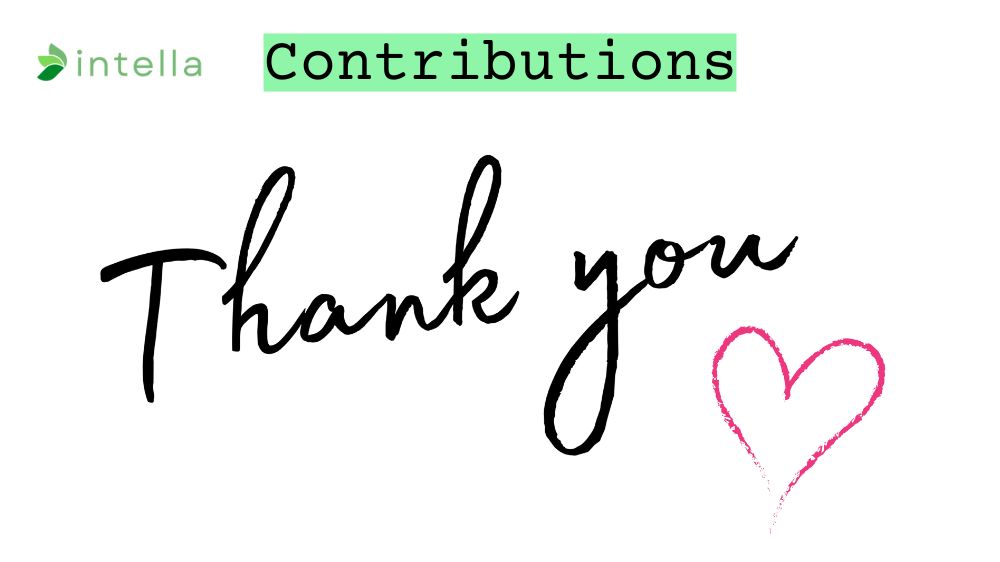In our fast-paced world filled with constant notifications, endless to-do lists, and the pressure to stay productive, finding moments of stillness has become increasingly rare. Yet, science reveals that these quiet moments aren’t just pleasant breaks from our busy lives—they’re essential for our mental health and overall well-being. Understanding the science behind stillness can help us appreciate why our minds desperately need these peaceful pauses.
What Happens in Your Brain During Stillness
When we allow ourselves to be still, remarkable changes occur in our brains. During quiet moments, our brain shifts from its active, task-focused mode to what scientists call the default mode network (DMN). This network becomes active when we’re not focused on the outside world, allowing our minds to wander, process emotions, and consolidate memories.
Research shows that during stillness, our brain waves slow down from the rapid beta waves of daily thinking to the calmer alpha and theta waves. These slower brain waves are associated with creativity, insight, and deep relaxation. It’s like giving your brain a chance to declutter and organize itself, similar to how a computer runs better after defragmenting its hard drive.
The Stress-Reducing Power of Quiet
One of the most important benefits of stillness is its ability to reduce stress. When we’re constantly stimulated, our bodies remain in a state of mild fight-or-flight response, releasing stress hormones like cortisol and adrenaline. Over time, this chronic stress can lead to anxiety, depression, and various physical health problems.
Studies have shown that just two minutes of silence can be more relaxing than listening to calming music. During these quiet moments, blood pressure decreases, muscle tension releases, and the production of stress hormones slows down. The body gets a chance to activate its parasympathetic nervous system, which is responsible for rest and recovery.
How Stillness Enhances Mental Clarity
Have you ever noticed that your best ideas come when you’re in the shower or taking a walk? This isn’t a coincidence. When we stop actively trying to solve problems and allow our minds to be still, our subconscious processing takes over. This quiet mental state allows different parts of the brain to communicate more freely, leading to those “aha!” moments we all cherish.
Research from UCLA found that regular moments of stillness can actually increase the gray matter in the brain, particularly in areas associated with learning, memory, and emotional regulation. This means that quiet time doesn’t just feel good—it literally helps build a stronger, more resilient brain.
The Connection Between Silence and Self-Awareness
In our noisy world, we rarely get the chance to truly listen to ourselves. Stillness creates space for introspection and self-reflection. During these quiet moments, we can better understand our emotions, recognize patterns in our thinking, and gain insight into our behaviors and reactions.
Neuroscientists have discovered that periods of silence help strengthen the connection between different brain regions involved in self-awareness. This enhanced self-awareness can lead to better decision-making, improved relationships, and a stronger sense of purpose and identity.
The Healing Effects on Mental Health
Mental health professionals increasingly recognize the therapeutic value of stillness. Studies have shown that regular practice of stillness and quiet contemplation can significantly reduce symptoms of anxiety and depression. When we’re still, we give our nervous system a chance to reset and our emotions time to settle.
The practice of stillness has been shown to increase the production of BDNF (brain-derived neurotrophic factor), a protein that promotes the growth of new brain cells and protects existing ones. This is particularly important for mental health, as low levels of BDNF have been linked to depression and other mood disorders.
Simple Ways to Incorporate Stillness
Adding stillness to your daily routine doesn’t require hours of meditation or complete isolation. Start with just five minutes a day of sitting quietly without any devices or distractions. You might try waking up a few minutes earlier to sit with your morning coffee in silence, or taking a brief walk without podcasts or music.
Create a quiet corner in your home where you can retreat for a few moments of peace. This doesn’t need to be elaborate—just a comfortable chair by a window or a cushion in a quiet room can serve as your stillness sanctuary. The key is consistency rather than duration; even brief moments of stillness, when practiced regularly, can have profound effects.
Overcoming the Discomfort of Stillness
For many people, stillness can initially feel uncomfortable or even anxiety-provoking. We’ve become so accustomed to constant stimulation that silence might feel strange or boring at first. This discomfort is normal and usually fades with practice. Start with very short periods and gradually increase the duration as you become more comfortable with quiet.
Remember that stillness doesn’t mean emptying your mind completely. Thoughts will come and go, and that’s perfectly fine. The goal is simply to create space between yourself and the constant stream of external stimulation, allowing your mind to rest and restore itself.
The Ripple Effects of Regular Stillness
When we make stillness a regular practice, the benefits extend far beyond the quiet moments themselves. People who regularly practice stillness report improved sleep, better concentration, enhanced creativity, and stronger emotional resilience. They often find themselves less reactive to stress and more capable of maintaining calm in challenging situations.
The science is clear: our brains need stillness to function optimally. In a world that celebrates busyness and constant connectivity, choosing stillness might feel like swimming against the current. However, by understanding the profound healing effects of quiet moments on our minds, we can make more informed choices about how we spend our time and energy. Remember, stillness isn’t about doing nothing—it’s about giving your mind the space it needs to heal, grow, and thrive.






